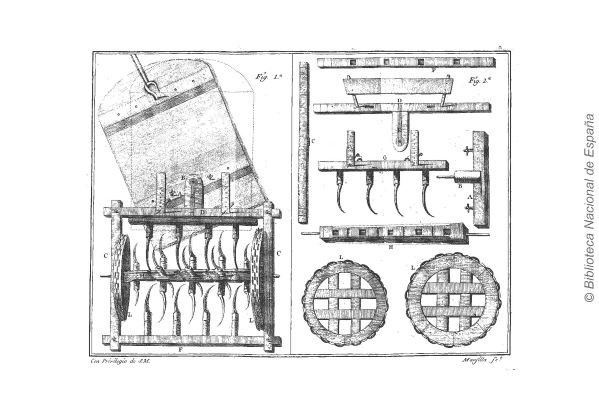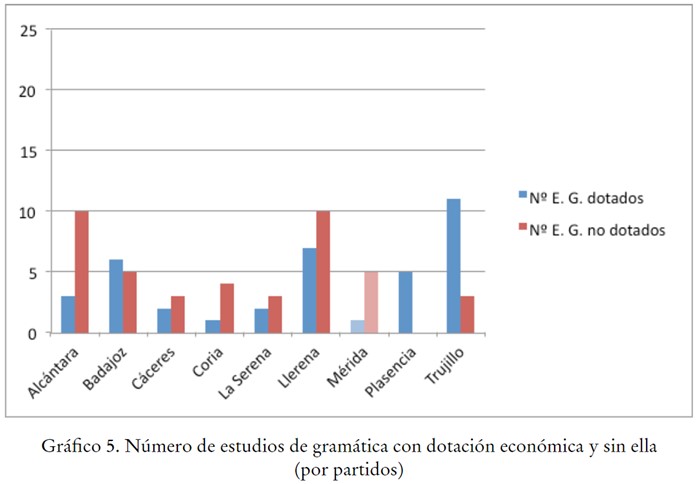
The Motín de Esquilache was a revolt that took place in Madrid in March 1766, when King Carlos III was king, due to the publication of a municipal regulation governing the clothing of the people of Madrid, and which was dictated by Leopoldo de Gregorio, 1st Marquis of Esquilache, the king’s main minister, who was also blamed for the high cost of bread. The measure generated such unrest that the popular mobilisation came to be considered a threat to the king’s own security. Although this revolt has been interpreted as a subsistence riot, which coincides with similar revolts in other parts of Spain, it is known to have been instigated by different groups of nobility and ecclesiastical power, belonging to different court factions, with conflicting interests, who fought for power. In the Museo del Prado catalogue, what is depicted in the work is described as follows: “Then the bailiffs, accompanied by tailors, put the disobedient into the gates, and there they pointed their hats at them and cut off their cloaks, the violence of which intimidated the faint-hearted, offended the sensible and encouraged the brave to look for noise”.
Collection: Images
Project: 5. Power and powers in the history of Europe: oligarchies, political participation and democracy., 6. Under a cloak of terror: violence and armed conflict in Europe.
Chronology: XVIII
Scope: Secondary Education, Baccalaureate, University
Resource type: Image
Format: Oil on canvas, 73 cm x 110 cm.
Source: Museo del Prado (Madrid)
Language: Spanish
Date: 1864
Owner: María del Mar Felices de la Fuente (Modernalia)
Identifier: P006224
Copyright: Museo del Prado (Madrid)
Abstract: The image represents "El Motín de Esquilache", a work by José Martí y Monsó, which received the Honourable Mention at the National Exhibition of Fine Arts in 1864.
Image
Tags







